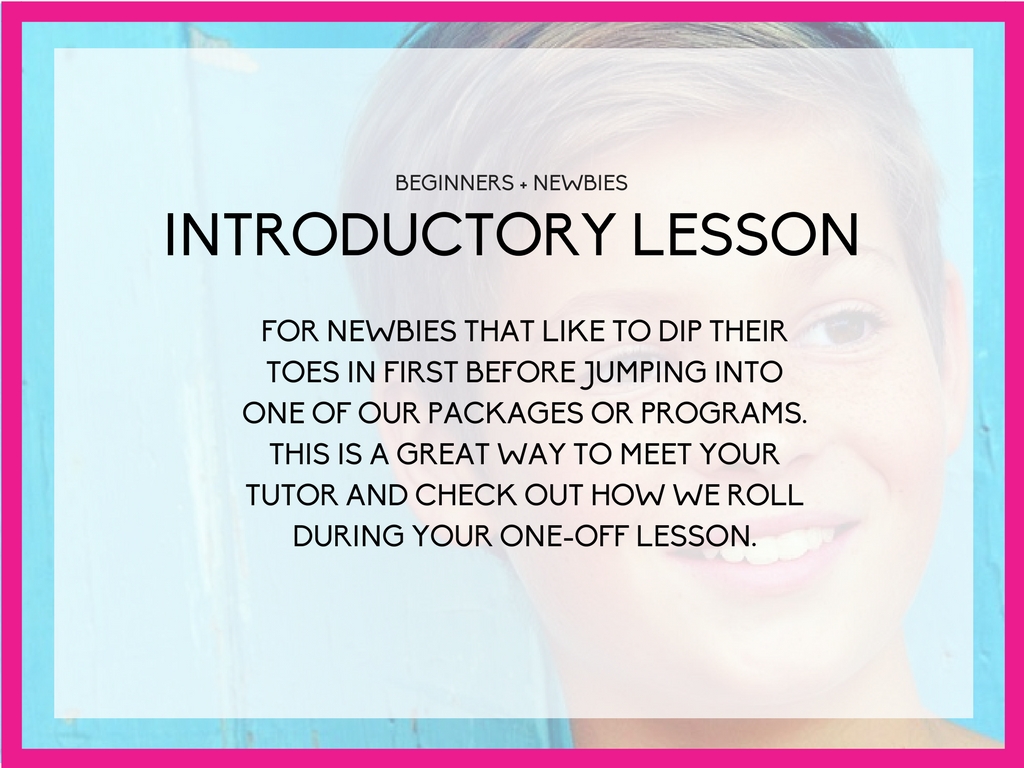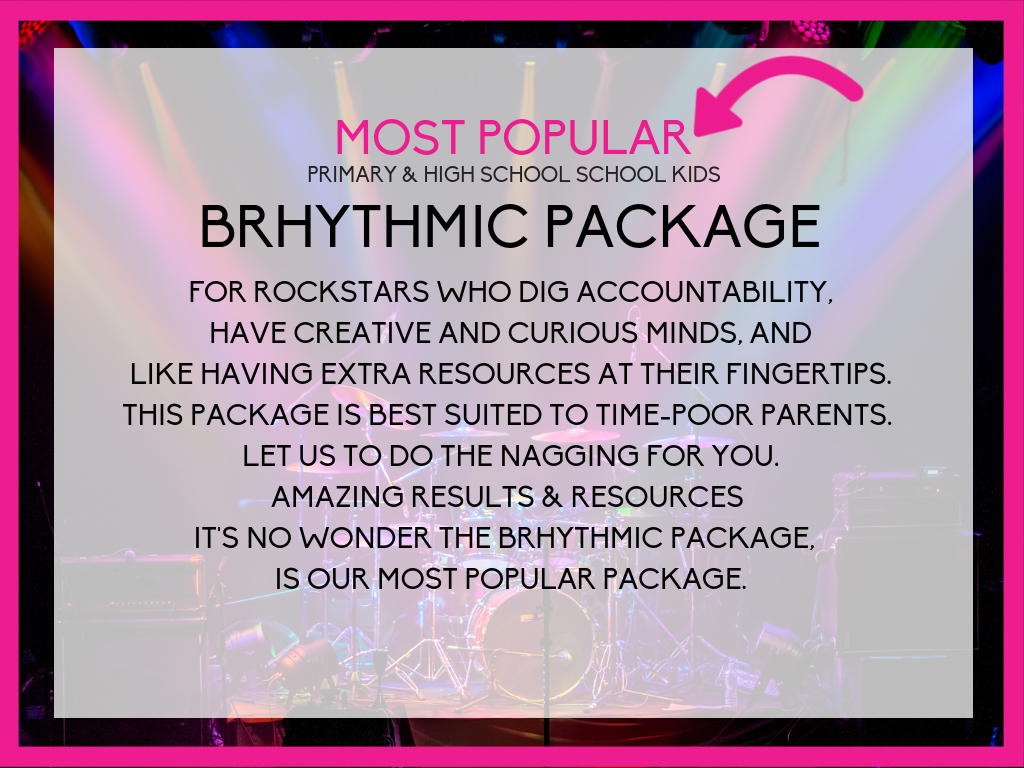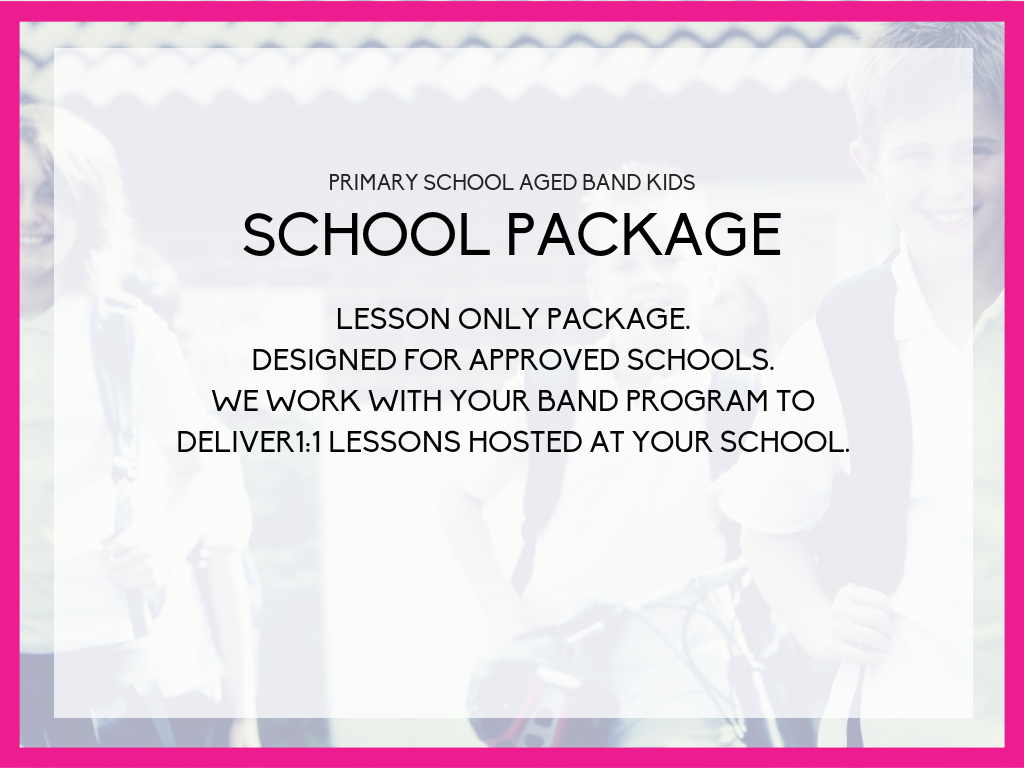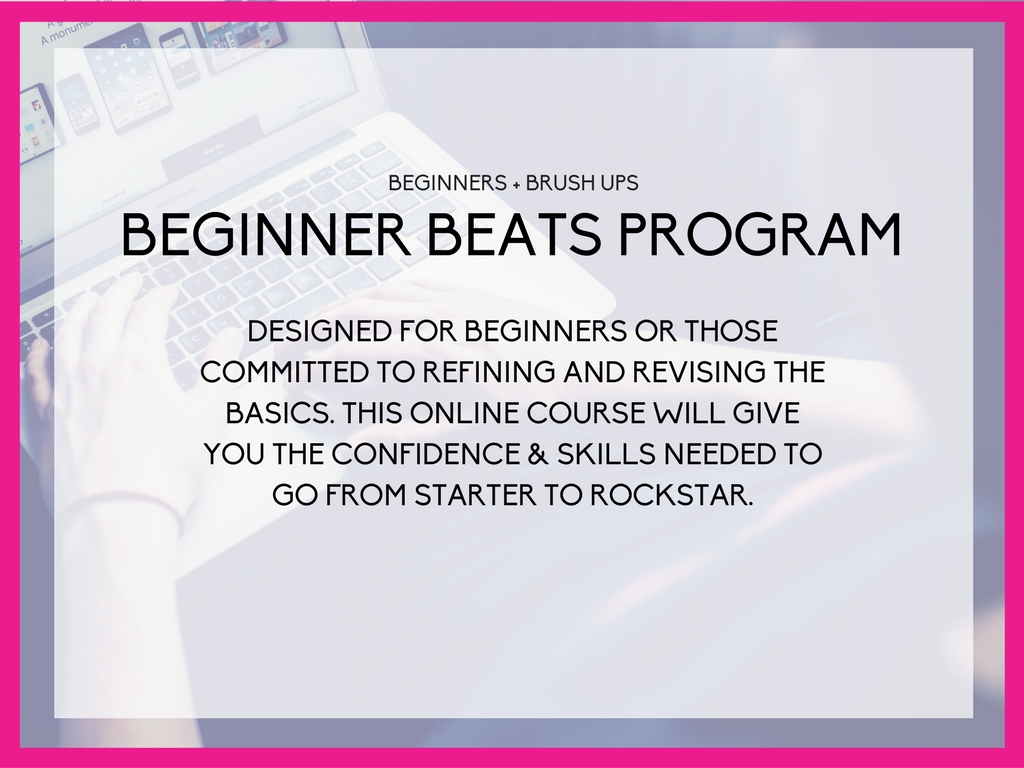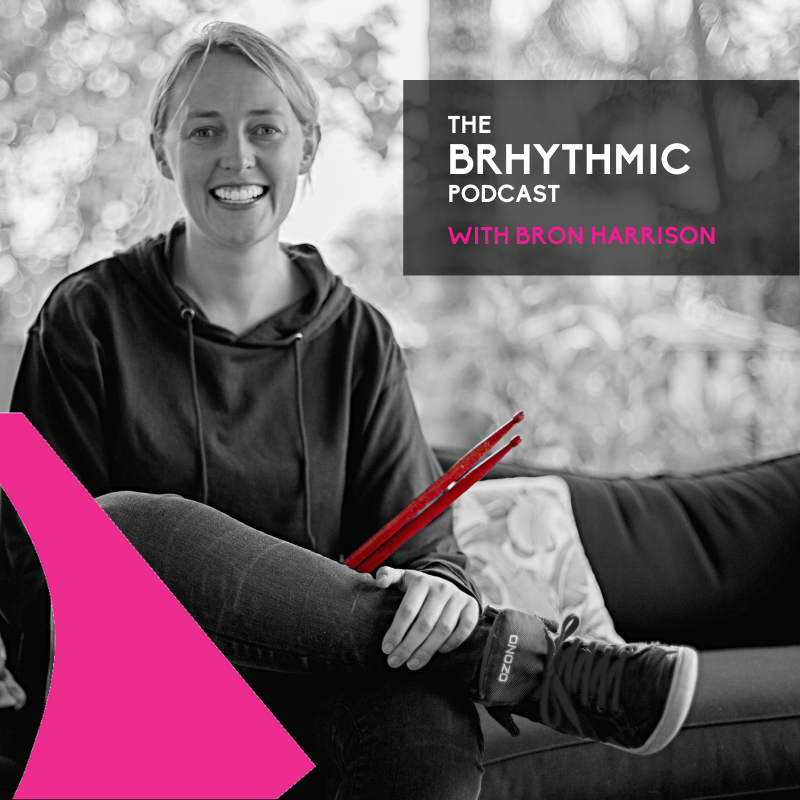
The BRHYTHMIC podcast. This podcast is specifically designed for music students, their parents and music tutors. Produced by Bron Harrison and the team at BRHYTHMIC, each episode contains nuggets of gold for you to sink your musical teeth into.
I get asked this question… a lot!
Think of the difference between an acoustic guitar and an electric guitar, or an acoustic piano and a digital piano. Acoustic and electric kits have similar comparisons. Whilst the motor skills are much the same (you put your fingers in the same place, or strike the drums in the same place), the feel of playing an acoustic instrument or an electric instrument is totally different.
I would argue that the difference between an acoustic piano and another acoustic piano is minimal (some professionals may cringe at my comment, though let me explain). If I jump on a baby grand Yamaha and then a baby grand Kawai piano and close my eyes and play, I may not notice the difference. However, when comparing digital pianos with other digital pianos the difference can be HUGE. This all depends upon the weight of the keys, the size of the keyboard, the synthesized sound they make, the sturdiness or flimsiness of the pedal, and so on. There appears to be more disparity between good and bad digital pianos than their acoustic counterparts. Electric drum kits are no different. Moving from one good acoustic kit to another not-so-good acoustic kit will present differences, yes, though not as much as the differences between a good electric kit and a not-so-good electric kit – these differences are much more obvious. In layman’s terms – you can get very ordinary sounding, cheap electric kits – like…. really, really bad. And I’m talking brand new!
I’ve listed some pros and cons below:
Electric
OR
Acoustic
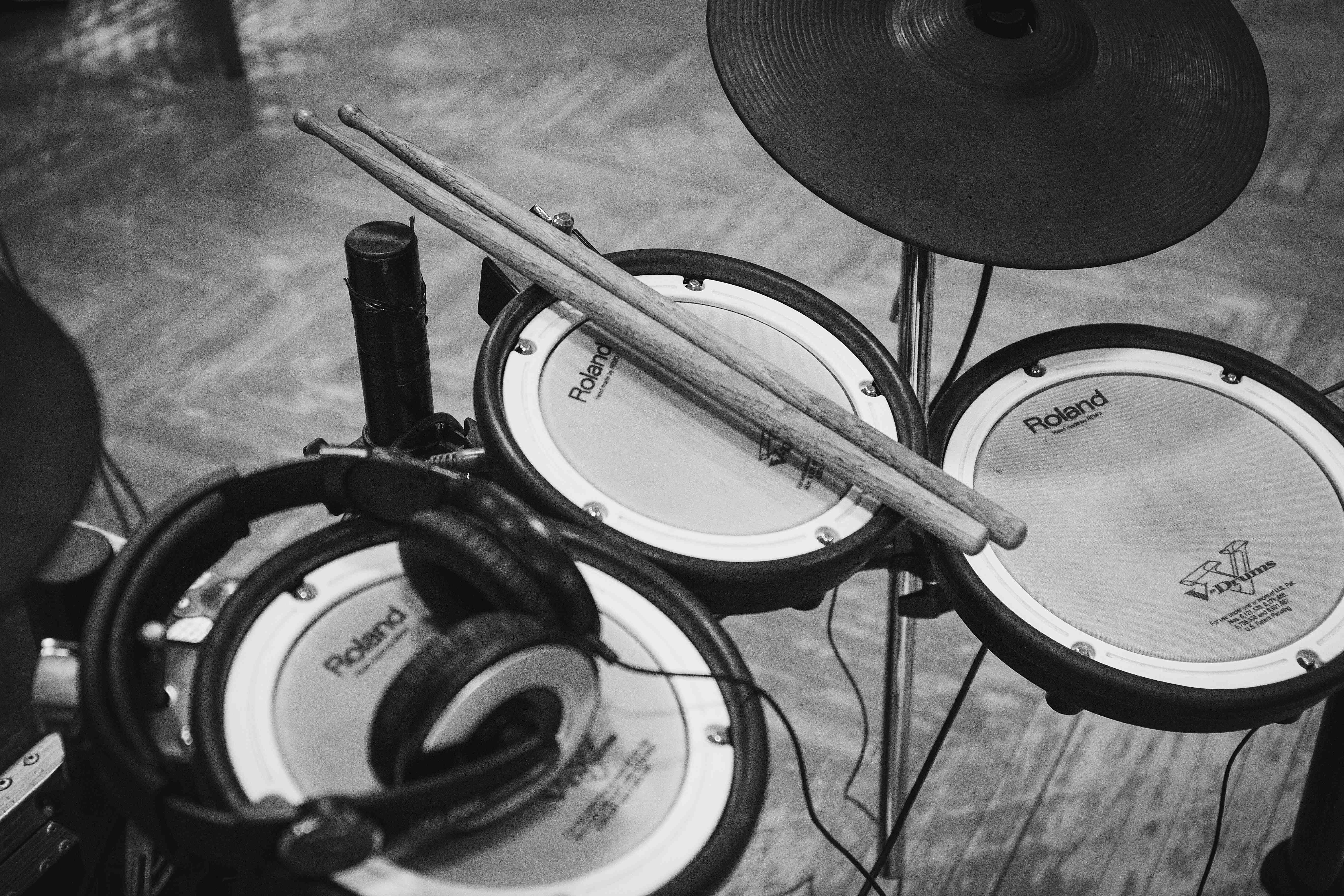
ELECTRIC
Pros:
- They are quieter for the family.
- If set up with a splitter, you can share headphones with other players.
- They take up less room.
- They are better for your ears.
- The technology is very progressive.
- You can record MIDI – this means that when recording music, you can record the sound in a bunch of ones and zeros (not audio in a sound wave) and these can be reproduced by any computer or another electronic instrument.
- Never requires tuning.
- You can practice along with an mp3 player and mix the volume levels of both the kit and the music.
Cons:
- There is a lot a rubbish out there – cheap and nasty equipment that fails quickly. You need to spend around $2,000 to find anything any good.
- It doesn’t have the same “feel”. We have all walked up to a fake plant and touched it only to get that slight disappointment because it was not real. It does the job, but it does feel different.
- Electric kit players often play acoustic kits far too loud as they are not used to playing with dynamics.
- Consistent practice on the electric set, to the exclusion of playing on an acoustic kit, can make weaken acoustic kit skills.
- You need a sound system to perform.
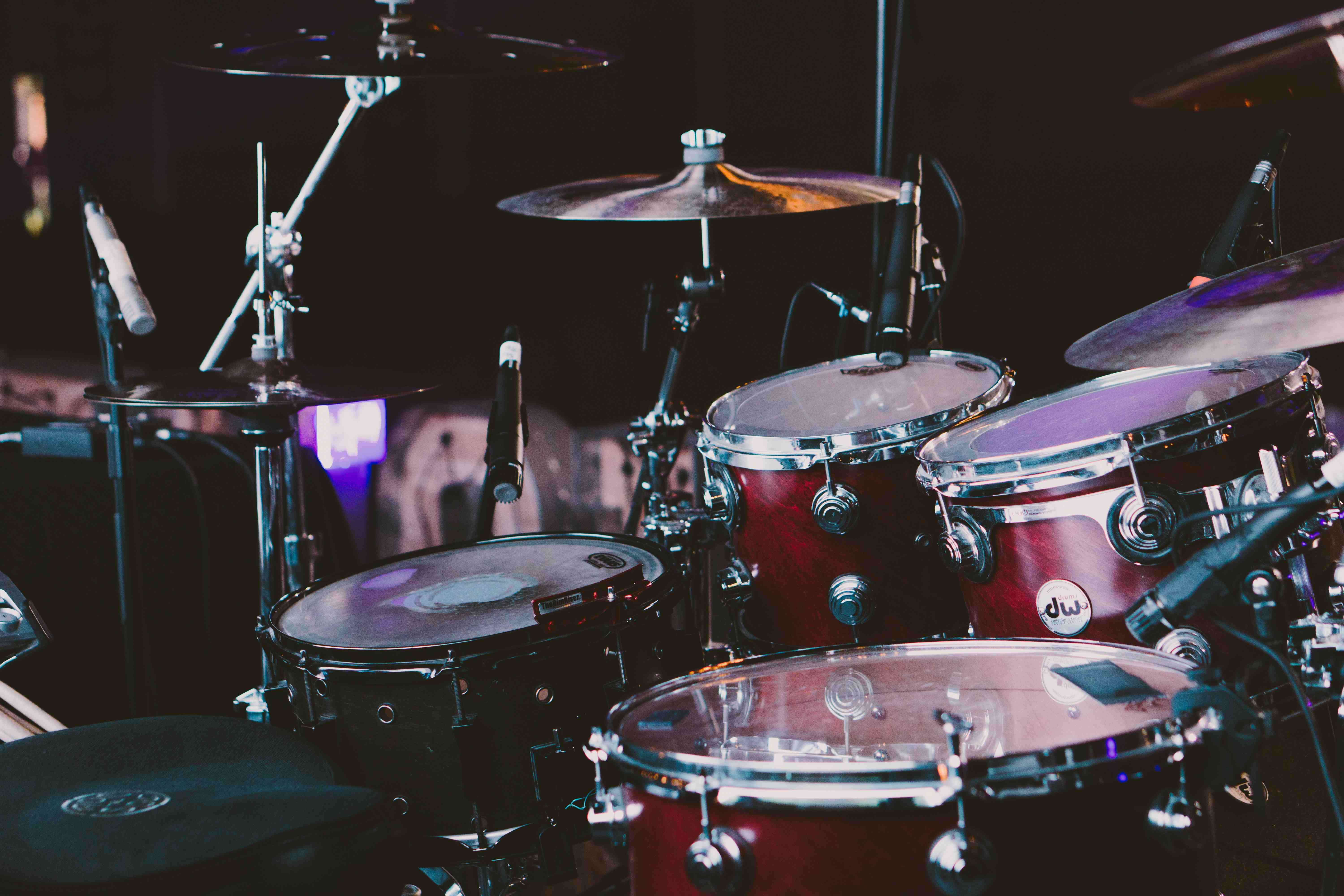
ACOUSTIC
Pros:
- You can get a reasonable kit starting at around $1,000.
- Acoustic kits have “feel”. There are a number of dynamic ranges. Whereas some electric kits only have two levels; loud, and soft! You can be playing along softly and then accidentally hit one hit a little louder and BOOM, there is a large sound. Saying this, most electric kits have at least three levels depending on how hard you strike them.
- Acoustic kit players generally have better command over dynamics.
Cons:
- They are louder for those around you – though mature players have the skill to play softly.
- Cymbals are really expensive. Due to the metals used and sometimes the involved construction techniques, cymbals can hit the bank account, hard.
- They take up at least approximately 1.5m x 1.5m.
- You can only record audio which takes a great deal of time to set up in a recording studio.
- Need to tune.
If you haven’t guessed, I do prefer acoustic kits and so does the audience. The audience enjoys the power that an acoustic set brings to a performance and people do not relate to electric kits as much. If you are worried about sound (seems to be the highest factor when considering an electric kit), you can buy pads to place on the drum skins, which are very helpful. I believe you will be a better player if you have an acoustic kit. Acoustic players seem to be able to transfer their skills to an electric kit with ease, though the same can not always be said for electric kit players jumping across to acoustic kits.
One last thought: I have also generally observed, in nearly 20 years of teaching, that acoustic players tend to keep on playing. On the other hand, electric players – the novelty seems to wear off and I see time and time again, many electric players giving up!
My brand picks for school aged players:
ACOUSTIC: Pearl Forum or Export / Yamaha
ELECTRIC: Roland
Good luck!
If you have enjoyed this article be sure to follow the BRHYTHMIC PODCAST for audio updates
BRHYTHMIC PODCAST is so snackable you can listen on the way to school




